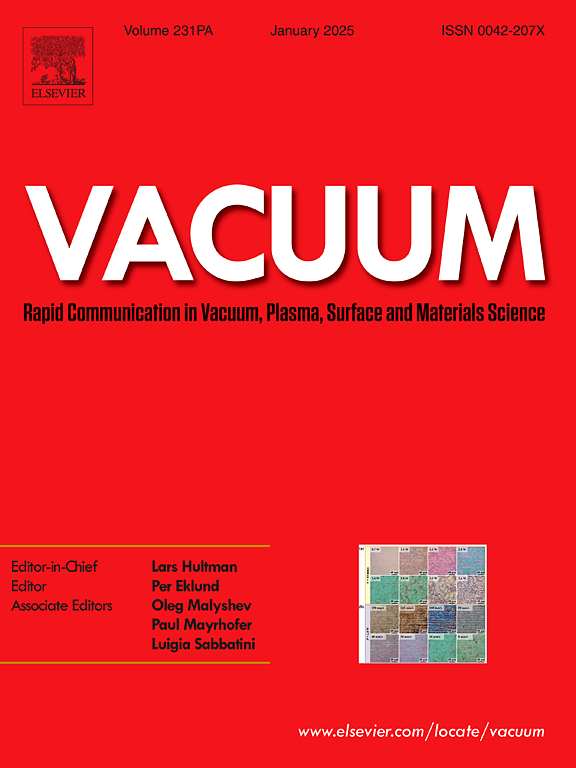真空管结构内壁的气动热分布
IF 3.9
2区 材料科学
Q2 MATERIALS SCIENCE, MULTIDISCIPLINARY
引用次数: 0
摘要
为了研究超高速真空管结构(ETS)的气动热分布,建立了一种基于重叠网格法的二维流体仿真模型。该模型综合考虑了轨道内热源和流固耦合传热分析。在考虑真空度、堵塞率、列车速度和运行时间间隔等因素的情况下,研究了AH在车厢内壁的分布。结果表明,内部热源辐射沿ETS高度方向影响AH。同时,真空度对管内温升的影响有限。另一方面,确定阻塞率和列车速度是影响AH的主要因素,残余温度可升高55 K。列车运行次数随剩余温度呈线性增长。如果不采取有效的冷却措施,增加的残余温度会对管产生影响。本文章由计算机程序翻译,如有差异,请以英文原文为准。
Aerodynamic heating distribution of the inner wall in an evacuated tube structure
To investigate the distribution of Aerodynamic Heating (AH) on ultra-high-speed Evacuated Tube Structures (ETS), a 2D fluid simulation model utilizing the overset grid method was developed. The model comprehensively considered the internal track heat source and fluid-solid coupling heat transfer analysis. The distribution of AH on the inner wall was studied, taking into account various factors, including vacuum level, blocking ratio, train speed and operating time intervals. The results reveal that the radiation from the internal heat source can impact AH along the height of the ETS. Meanwhile, vacuum degree exhibit only limited effects on temperature rise in the tube. On the other hand, blocking ratio and train speed are identified as major factors significantly influencing AH, the residual temperature can rise 55 K. Furthermore, the number of train operations is a linear increasing with the residual temperature. If effective cooling measures are not implemented, the increased residual temperature can have an impact on the tube.
求助全文
通过发布文献求助,成功后即可免费获取论文全文。
去求助
来源期刊

Vacuum
工程技术-材料科学:综合
CiteScore
6.80
自引率
17.50%
发文量
0
审稿时长
34 days
期刊介绍:
Vacuum is an international rapid publications journal with a focus on short communication. All papers are peer-reviewed, with the review process for short communication geared towards very fast turnaround times. The journal also published full research papers, thematic issues and selected papers from leading conferences.
A report in Vacuum should represent a major advance in an area that involves a controlled environment at pressures of one atmosphere or below.
The scope of the journal includes:
1. Vacuum; original developments in vacuum pumping and instrumentation, vacuum measurement, vacuum gas dynamics, gas-surface interactions, surface treatment for UHV applications and low outgassing, vacuum melting, sintering, and vacuum metrology. Technology and solutions for large-scale facilities (e.g., particle accelerators and fusion devices). New instrumentation ( e.g., detectors and electron microscopes).
2. Plasma science; advances in PVD, CVD, plasma-assisted CVD, ion sources, deposition processes and analysis.
3. Surface science; surface engineering, surface chemistry, surface analysis, crystal growth, ion-surface interactions and etching, nanometer-scale processing, surface modification.
4. Materials science; novel functional or structural materials. Metals, ceramics, and polymers. Experiments, simulations, and modelling for understanding structure-property relationships. Thin films and coatings. Nanostructures and ion implantation.
 求助内容:
求助内容: 应助结果提醒方式:
应助结果提醒方式:


